Dead
In Good Company is
a compelling collection of essays, poems and wildlife
photographs of Mount Auburn Cemetery in Cambridge, Massachusetts.
Sweet Auburn, as it is affectionately known, is America's first
garden cemetery.
An amazing group of authors have come together to celebrate this unique resource - including Harvard Law professor emeritus Alan Dershowitz; historical novelist William Martin; former Mayor of Boston and Ambassador to the Vatican, Ray Flynn; Boston author and television icon, Hank Phillippi Ryan; Pulitzer Prize winner, Megan Marshall; mystery/true-crime author Kate Flora; mystery author Katherine Hall Page; medical thriller author Gary Goshgarian (Braver); broadcasting legend Upton Bell; world renowned bird guide author and artist David Sibley; drama critic, author and host of the Theatre World Awards, Peter Filichia; screen writer, author Chris Keane; Mass Audubon's Wayne Petersen; Talkin' Birds radio host, Ray Brown; author, naturalist Peter Alden; founder of Project Coyote, Camilla Fox; Director of the World Bird Sanctuary, Jeff Meshach; senior scientist for wildlife at the Humane Society of the United States, John Hadidian; historian Dee Morris; and sports writer and commentator, Dan Shaughnessy.
An amazing group of authors have come together to celebrate this unique resource - including Harvard Law professor emeritus Alan Dershowitz; historical novelist William Martin; former Mayor of Boston and Ambassador to the Vatican, Ray Flynn; Boston author and television icon, Hank Phillippi Ryan; Pulitzer Prize winner, Megan Marshall; mystery/true-crime author Kate Flora; mystery author Katherine Hall Page; medical thriller author Gary Goshgarian (Braver); broadcasting legend Upton Bell; world renowned bird guide author and artist David Sibley; drama critic, author and host of the Theatre World Awards, Peter Filichia; screen writer, author Chris Keane; Mass Audubon's Wayne Petersen; Talkin' Birds radio host, Ray Brown; author, naturalist Peter Alden; founder of Project Coyote, Camilla Fox; Director of the World Bird Sanctuary, Jeff Meshach; senior scientist for wildlife at the Humane Society of the United States, John Hadidian; historian Dee Morris; and sports writer and commentator, Dan Shaughnessy.
Interview with Doug Holder
I had the pleasure to speak to Nagy and Harrison on my Somerville Media TV show "Poet to Poet Writer to Writer."
DH: The founding of Mt. Auburn cemetery
in Cambridge, Ma. spawned a new movement—am I correct?
JH: It was the first garden cemetery in
the country. Before that it was known as Sweet Auburn. It was a
place people could stroll and enjoy. When the garden cemetery became
a reality it was not only a place to commune with the dead, but a
place to enjoy life and nature. It was designed by Fredrick Law
Olmsted—the same man who designed central Park in NYC. If you go
there and walk around it can be easy to forget it is a cemetery. If
you do what Kim Nagy and I do- which is to photograph wildlife, then
it is even easier to forget.
DH: I know you photograph wildlife but
do ever feel the presence of the people who were buried there?
JH: Well in the sense that the many of
the folks who were buried there are very well-known—famous people are buried there. When I would pass their graves it made me think
about them. In our first essay in the collection by William
Martin—the historical novelist—it deals with the brother of John
Wilkes Booth –Edwin Booth—who is buried there. In the cemetery
you could come across the graves of Isabella Stewart Gardner,
Buckminster Fuller—to name a few.
DH: Kim-- tell me what you think is
behind the concept of Mt. Auburn Cemetery?
KN: First off when they created Mt.
Auburn they wanted to change the notion of death. They wanted to be
about the circle of life. Rebirth, transformation and the circle of
life.
DH: There are a lot of interesting
essays in the anthology by the likes of Alan Dershowitz, sports
writer Dan Shaughnessy, and many others. I was particularly
interested in the Henry Cabot Lodge piece by former Boston mayor Ray
Flynn. Flynn revealed that in the end the patrician Lodge was an
ally of the “ Rascal King,”( Mayor Curley) who rests in Mt. Auburn.
JH: When I went to see Ray
Flynn—well--we became friends. Flynn told me that he had a story
about Curley and Lodge that no one knew about, and that became the
subject of the essay. In the end Lodge did speak well of Curley.
DH: There is a great picture of a Great
Horned Owl proudly exhibiting his headless prey.
KN: Yes that picture was by Jim
Sorrento. To get a shot of a predator with his prey—well-that is a
very big deal for the photographer. Yes—the picture is a bit
gruesome. But—after all-we are all carnivores—right?
DH: You have said the owls and owlets
of Mt. Auburn helped you get by a particularly trying time of your
life.
KN: Wildlife and nature helped me
rebuild myself during a very challenging time when I became a
reluctant caregiver, and lost my executive job. I went to the cemetery
because I now had time on my hands. The owls helped me establish who
I used to be. When you photograph wildlife you have to focus. And when
you focus everything else falls away. I felt very close to them...it
was a magical experience.
DH: What fascinates you about owls?
KN: A lot of people associate owls with
death. They like coniferous trees and old growth trees, and they happen to be
in cemeteries. I remember I was in Guatemala . I rented a horse and
climbed up a volcano. I felt sorry for the struggling horse so I walked him. When
we reached the top of the volcano—there was a store—and the owner
identified my “spiritual” animal as the “owl.”
DH: I now you had a number of poets in
the anthology including Wendy Drexler. How did you select the poets?
KN: We were referred to the poets by
other writers. We had a 9th grade poet who wrote a poem
about Red Tail Hawks. Poet Mary Pinard also had a piece in the
anthology.
DH: John—you had a big study of
coyotes in the book.
JH: Yeah—we followed Big Caeser and
his mate in 2008. We followed the family and their 8 pups for a year.
To have this access was unbelievable. For that matter Mt. Auburn
Cemetery is unbelievable!



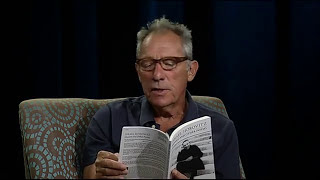
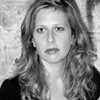






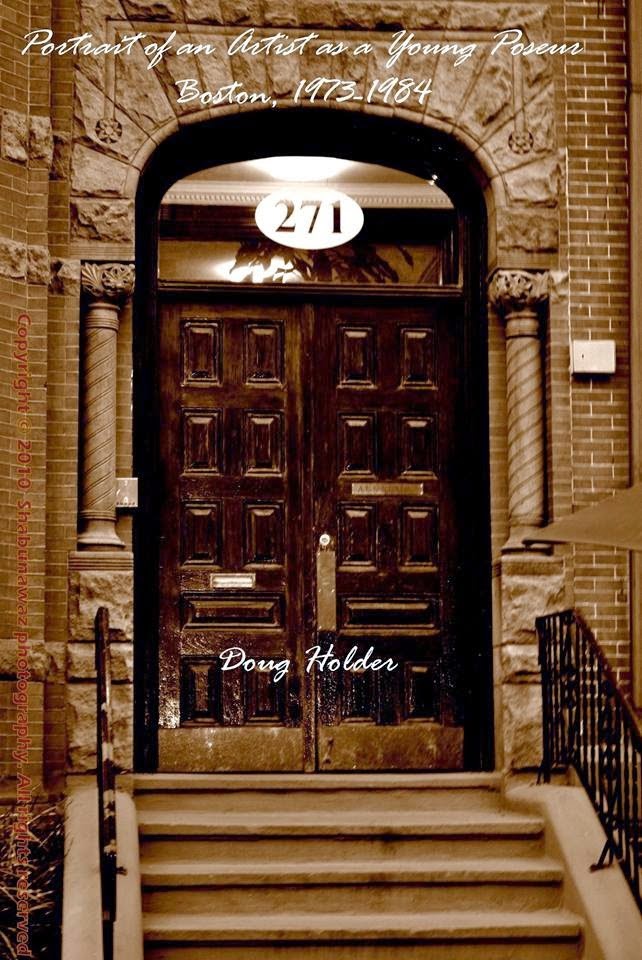
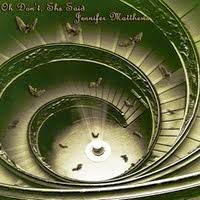
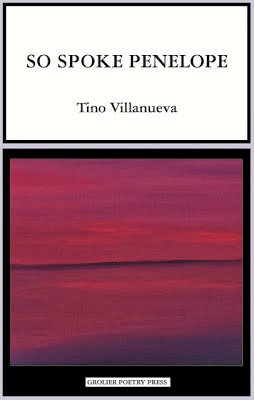
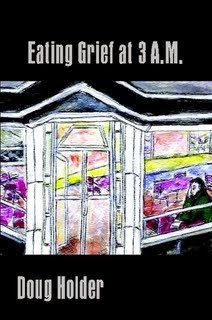
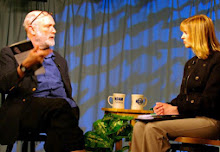








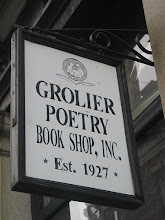



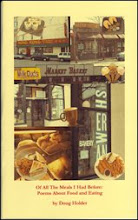




No comments:
Post a Comment